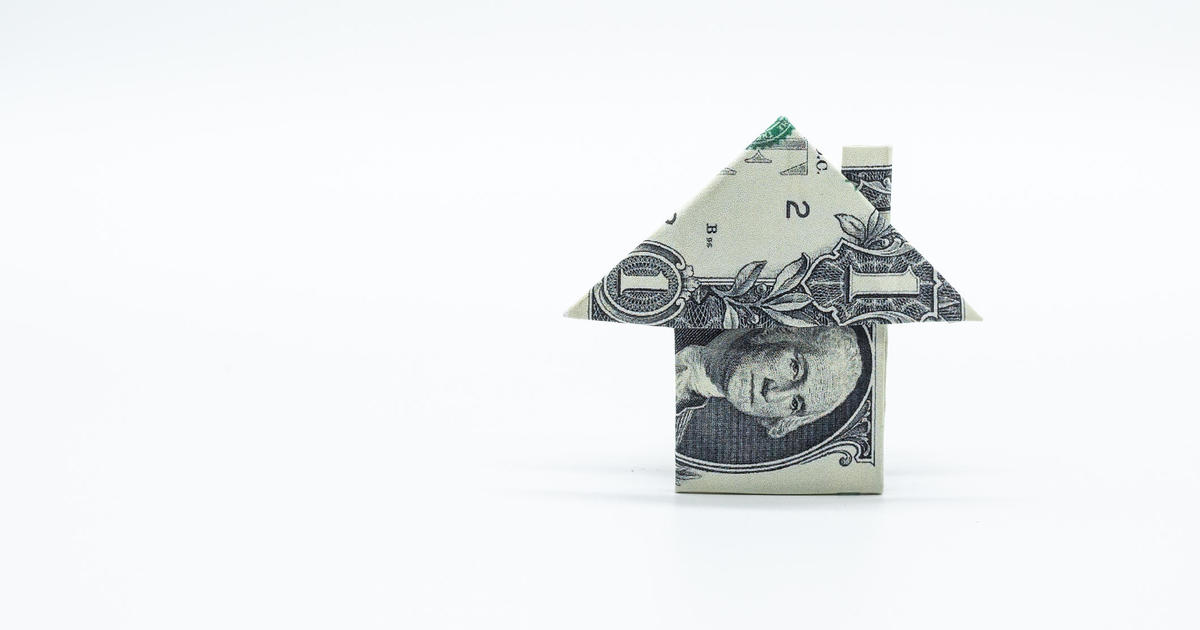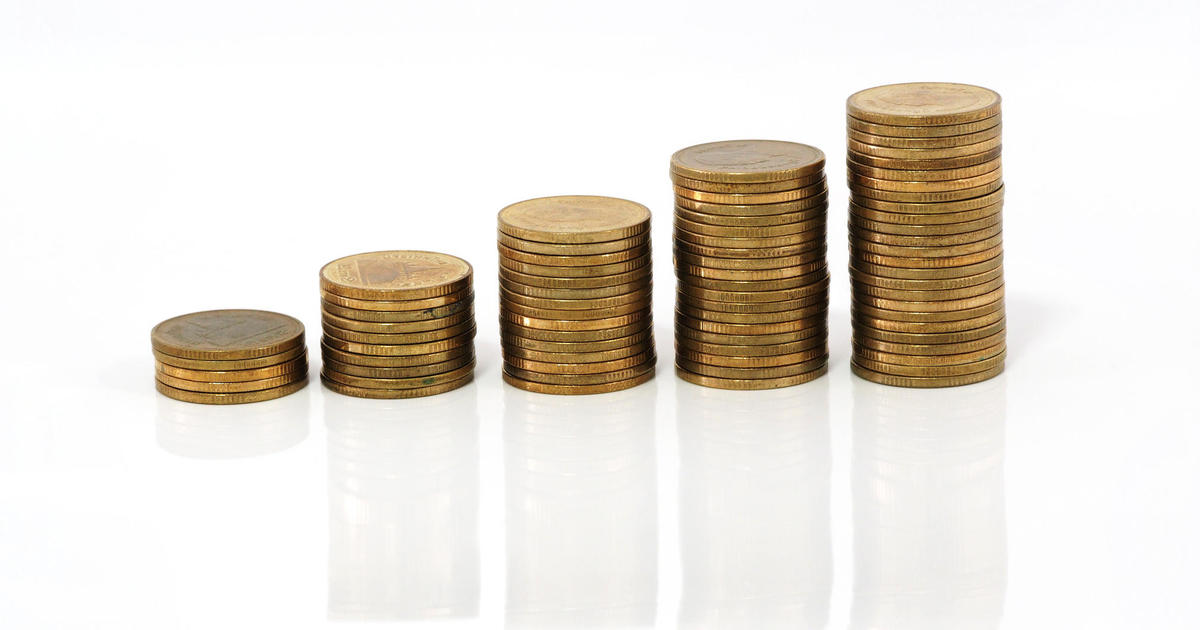How long will it take for prices in the U.S. to return to normal?
After a year of crushing price hikes, economic signals suggest U.S. inflation is finally — although slowly — cooling. Yet while experts say the worst is behind us, the improvement may feel marginal for millions of Americans, and the road to normality is likely to be long.
When the government on Tuesday releases its latest consumer price index, economists expect it to show that prices in November were up just over 7% from a year ago — down from 9% in June. That's still more than triple the Federal Reserve's preferred rate of inflation, and analysts expect it to take a year — or more — for inflation to fully recede.
"It's fair to state that inflation's peaked and the worst is behind us," Joe Brusuelas, chief economist at RSM, told CBS MoneyWatch recently. However, he added, "We're not going to see a steep or quick decline in overall inflation. It's going to take some time to get back to the Fed's 2% inflation target, and that is going to entail some very difficult policy judgments," he said.
The Fed badly missed that target last year when it misjudged inflation as a temporary phenomenon. And while its aggressive rate hikes this year appear to have gotten inflation on the downswing, economists say it could be several years before price increases fall to 2%.
The reasons are complex, but come down to the interplay between goods and services, wages and prices. While the supply-chain issues and the consumer shopping frenzy that drove most of the price increases during the pandemic have mostly dissipated, consumers are still spending and workers are still getting hefty raises. Some economists warn that could create a repetitive cycle in which workers expect inflation to keep accelerating, leading them to ask for higher wages.
"It's going to be a long hard slog back to price stability," Oxford Economics wrote earlier this fall.
Signs inflation is slowing
While it took months longer than economists had predicted, prices for goods are slowing everywhere.
Online prices last month fell by the largest amount in nearly three years, according to Adobe. Although some of the drop was driven by retailers that overstocked — offering big discounts to clear out inventory — the trend is widespread.
"We also see signs of overall e-commerce inflation cooling," according to Patrick Brown, vice president of growth marketing and insights at Adobe. "In categories such as groceries and personal care, which are not promotional in nature, we are seeing price increases come down from their heights in late summer and early fall."
Gasoline, a major driver of inflation this year, has fallen from above $5 a gallon in June to an average of $3.26 a gallon, the lowest price in over a year. The cost of diesel is also dropping, though slowly — a promising sign given the fuel's importance in shipping most goods.
Supply-chain snags have largely been ironed out. Some economists also hope that China's recent loosening of strict zero-COVID policies will decrease the chances of future lockdowns and disruptions.
Big-ticket prices dropping
The large, high-priced goods that were largely behind price increases last year are coming back down. Used-car costs have been on a steady decline since peaking a year ago, as shown in private data as well as the government's official price tracker, the consumer price index.
"[S]tarting this summer, Americans satisfied their pent-up demand for goods and pivoted to spending more on services now that these industries were no longer capacity constrained by government social distancing restrictions. The inflation rates for used cars and trucks, furniture and bedding, and household appliances have tumbled in recent months," analysts at Yardeni Associates noted.
New cars, on the other hand, continue to set price records, suggesting it will be some time before car dealerships lower sharply higher vehicle markups.
Rents top out
Another factor that should continue to keep the CPI elevated over the next year is rent. That has less to do with ongoing rent increases — which are falling, according to several private data providers — and more with how the government factors in the cost of rent.
While the Labor Department measures most items every one or two months, it only records rental data twice a year, explained Paula Munger, economist with the National Apartment Association. "So they won't have complete data till the end of the year," she said.
The lag between real-world rent and rents as they show up in the CPI means that government data won't show falling rents until sometime next year.
"[I]t will take some time before the recent softening in private estimates of asking rents percolate through into the CPI," Deutsche Bank economists wrote in a recent research note.
Can wages keep growing?
Another factor that could keep consumer prices relatively high over the next few months are wages. While economists, wary of the a "wage-price spiral," have been rooting for wage growth to slow, worker pay last month went in the opposite direction, accelerating at an annual rate of 5.1%.
So far, wages haven't been the main driver of inflation. Supply-chain issues and a consumer spending boom has pushed them higher. But with Americans spending less on goods and more on services, wages are likely to play a bigger role in the inflation picture. In service sectors — from hospitality to transportation services — labor costs are often the biggest component of what the customer ends up paying.
"[W]age contracts currently seem more in line with an environment where CPI inflation trends closer to 5% than where it is close to the Fed's 2% inflation target," economists at TD Securities said in a report.
Wage increases, while good news for workers, could be bad for consumers if they fuel price hikes. But it's not a given that they will. Companies that have been freely passing along price hikes for two years are starting to see resistance as people and other companies pull back.
"Our own data from our own surveys tell us that firms are now beginning to have difficulty passing along price increases downstream to their own clients," Brusuelas said.
"Profit margins are beginning to narrow … hiring is beginning to slow. You see all the tell-tale signs of end-of-the-business-cycle behavior. This is all driven by inflation," he said.



